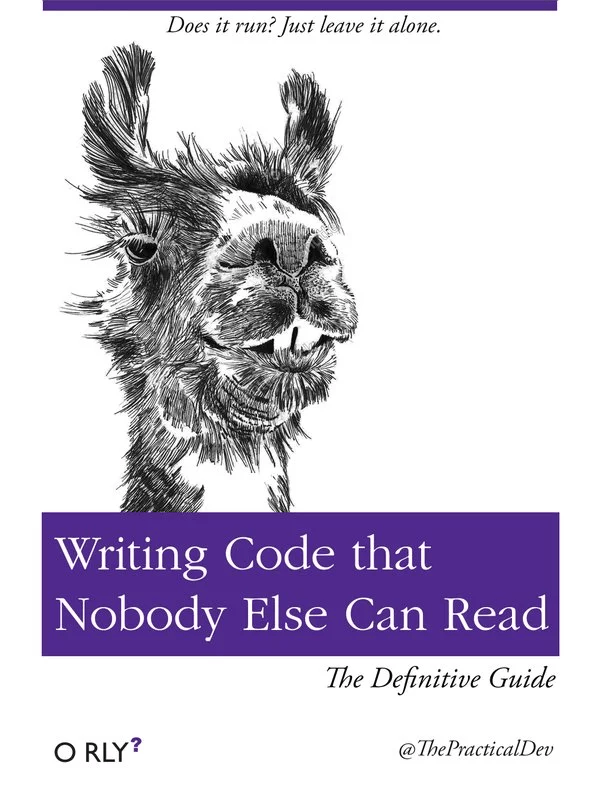
In the vast, interconnected world of Codehaven, where digital artisans craft intricate software tapestries, there exists a practice as controversial as it is clandestine: "Writing Code that Nobody Else Can Read." This narrative unfolds around Taylor, a developer known for their brilliance and eccentricity, whose code, while undeniably effective, is as inscrutable as ancient runes.
"Does it run? Just leave it alone." This became the whispered mantra among those who encountered Taylor's work. Taylor's code, a labyrinth of unconventional logic and obscure references, achieved its objectives with a precision that was both awe-inspiring and maddening. It was software alchemy at its most perplexing, where functionality was preserved within a cocoon of complexity, accessible only to its creator.
The saga of Taylor's coding philosophy is one of paradoxical intent. In their pursuit of excellence, Taylor inadvertently fostered an environment of dependency and isolation. Collaborators found themselves at a crossroads, caught between admiration for Taylor's ingenuity and frustration at the opacity of their creations. The code, while a marvel of engineering, became a barrier to collaboration, a relic of individualism in a culture built on collective endeavor.
As projects evolved and the need for maintenance and scalability grew, the limitations of Taylor's approach became increasingly apparent. The mantra "Does it run? Just leave it alone" transformed from a testament to the code's reliability into a cautionary tale of the dangers of insularity. It highlighted a fundamental truth within the fabric of Codehaven: that the strength of software lies not just in its ability to function but in its adaptability, readability, and the collaboration it fosters.
Confronted with the consequences of their methods, Taylor embarked on a journey of reflection and growth. The realization that true mastery lies in the ability to create not just for oneself but for others marked a turning point. Taylor began to weave principles of readability and collaboration into their work, transforming their code from a solitary fortress into a bridge that welcomed others.
This transformation was not without its challenges. Taylor grappled with the vulnerability of exposing their thought processes, of simplifying the complexity that had become their signature. Yet, in this vulnerability, they found strength. By prioritizing readability and collaboration, Taylor not only enhanced the accessibility of their work but also enriched their connections with fellow developers.
"Writing Code that Nobody Else Can Read: Does it run? Just leave it alone." thus evolved from a narrative of individualism to a parable of growth and community. Taylor's story became a beacon to others in Codehaven, a reminder of the power of code to unite, to challenge, and to transcend the limitations of the individual mind.
In the annals of Codehaven's history, the tale of Taylor and their inscrutable code stands as a testament to the evolving nature of software development. It serves as a lesson in the balance between innovation and accessibility, the importance of writing code that not only runs but invites collaboration, understanding, and continuous improvement.
And so, in the heart of Codehaven, "Writing Code that Nobody Else Can Read" remains not just a cautionary tale but a narrative of transformation, celebrating the journey from solitude to solidarity, from obscurity to clarity, in the ever-unfolding story of digital creation.